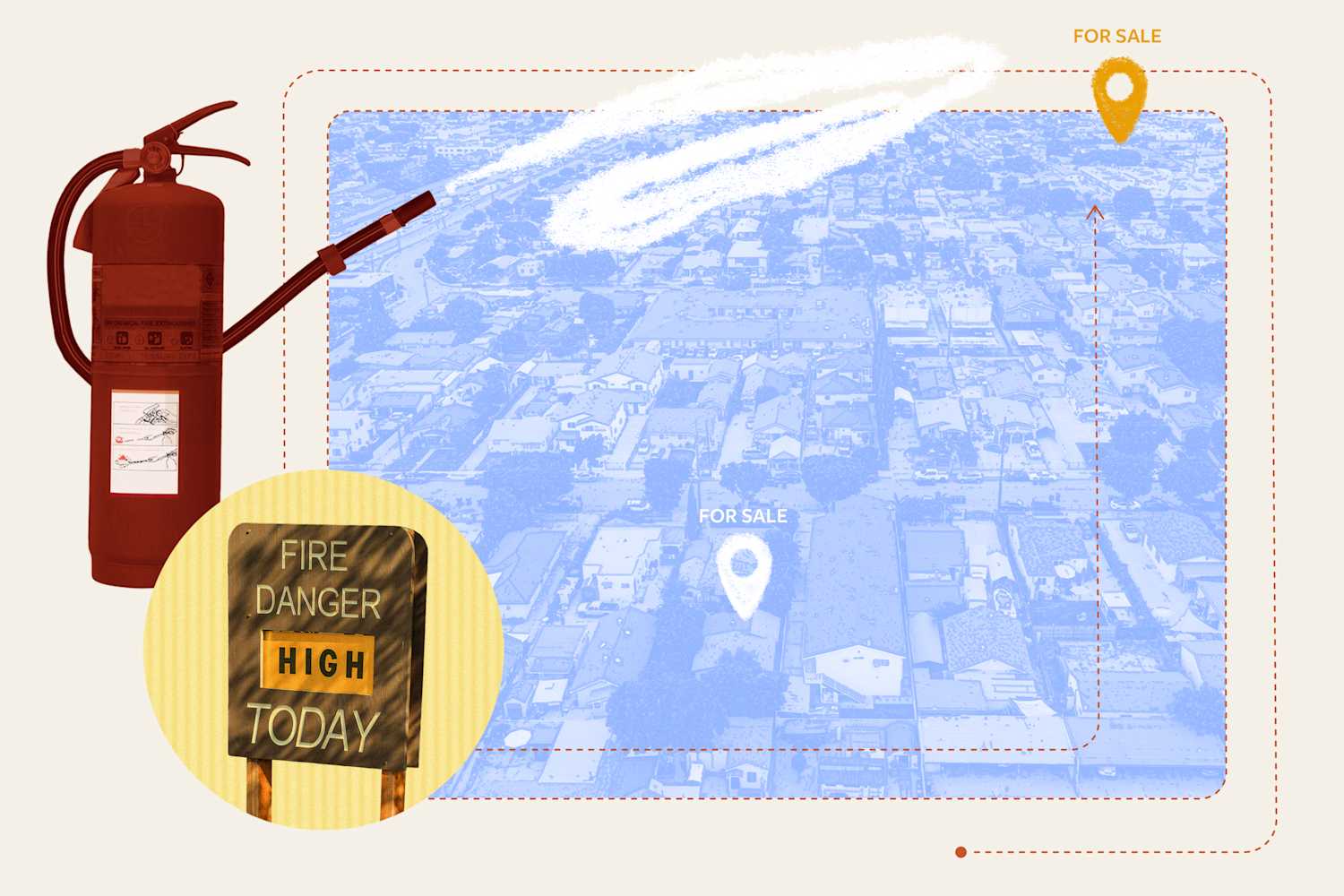
"The fires reflected the increasing challenges LA faces with housing shortages amid a growing population and an increasing trend of developments in the wildland-urban interface."
"The 2025 wildfires revealed how unyielding these fires can be, especially as they threaten major metropolitan areas already facing housing crises."
"Housing demands have pushed further into the wildland-urban interface, where an estimated 99 million people live, intensifying risks associated with wildfires."
"The destruction in Areas like Altadena and Malibu highlights a pressing issue: as development expands into fire-prone areas, the risk of more severe fires rises."
The recent Eaton and Palisades wildfires in California, while smaller in scale compared to the largest fires, have been dubbed some of the most destructive due to their impact on densely populated areas. With over 11,000 homes destroyed, these fires underscored the urgent issue of housing in the wildland-urban interface (WUI), a region home to approximately 99 million people. As housing demands continue to push into more vulnerable regions, the risks from wildfires grow, increasing the need for sustainable development approaches.
Read at Apartment Therapy
Unable to calculate read time
Collection
[
|
...
]